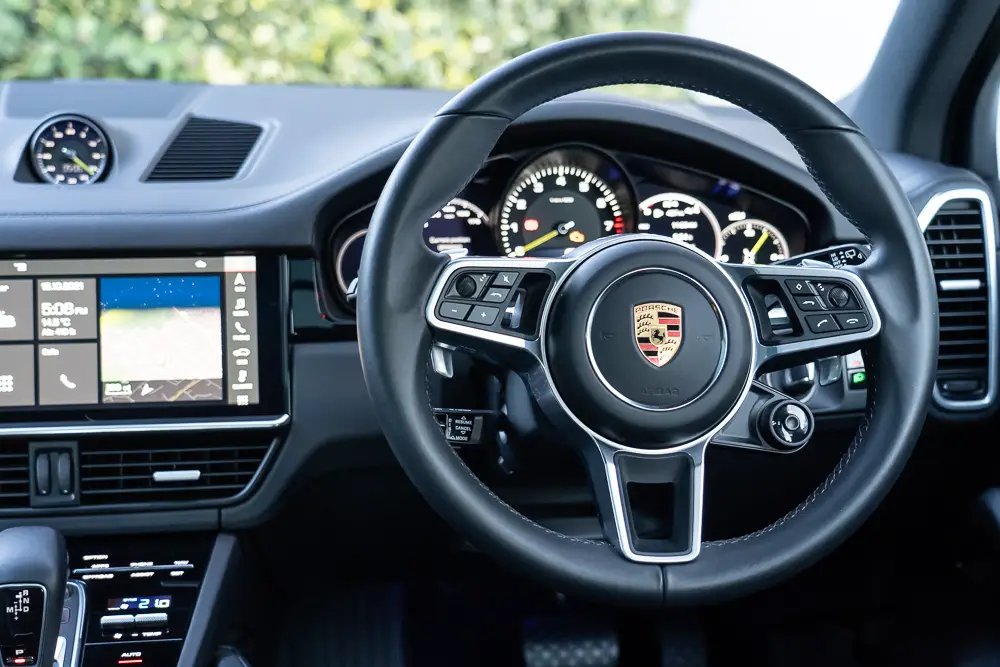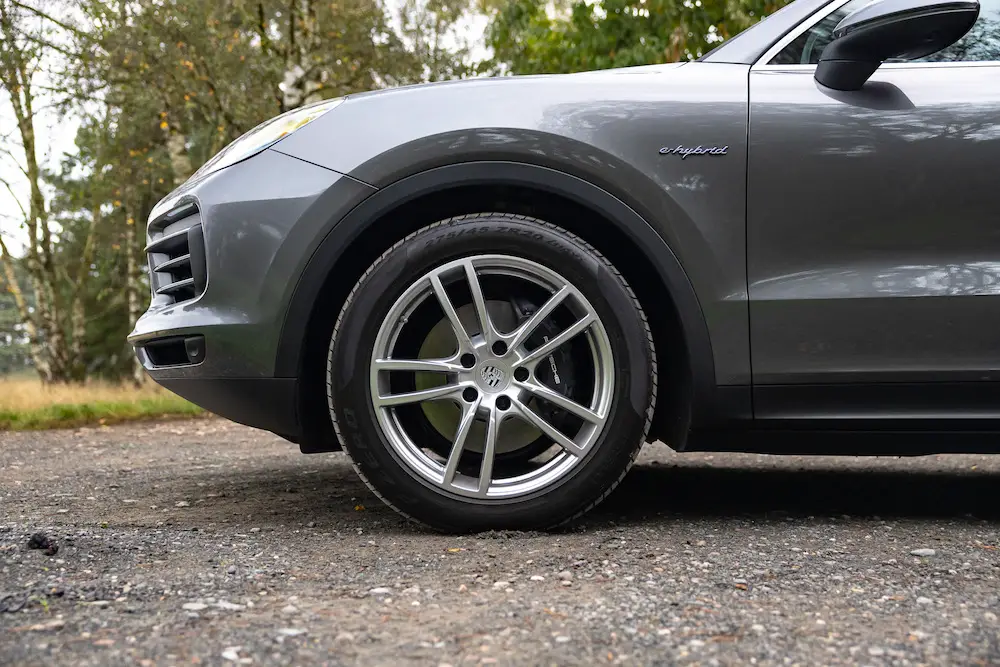Are you the proud owner of a Porsche? Well, then, you’re probably aware of the exemplary quality and engineering that goes into every inch of your car, including its ability to come to a stop in the blink of an eye. As much as speed is a crucial component of this luxury brand, it is equally as important and impressive as its braking power. However, the only way it stays in top form is through meticulous maintenance.
Looking after your Porsche’s brakes is something to be prioritised. In this article, we’ll explore the ins and outs of maintaining your Porcshe’s brakes.
What you need to know about the Porcshe’s braking system
The Porchse’s braking performance is not the result of some run-of-the-mill arrangement, but for superior braking, it’s comprised of an intricate system and, therefore, should be serviced at a Porsche specialist service centre. Here’s what you need to understand:
Typically, a Porcshe will come fitted with a performance braking system to allow for optimised cooling and performance during heavy braking. They’re not just designed for stopping, but the components, comprising of high-performance brake pads, ceramic or composite brake discs, advanced calipers and brake boosters, are made for precision.
Performance braking systems differ from standard braking systems in that they have bigger, vented rotors. Overall performance braking systems are designed for better speed, torque and overall power.
What are some signs of brake wear?
Over time, your Porcshe brakes will inevitably show signs of wear and tear, but being able to spot these signs will help keep your brakes in peak condition and prevent other major issues later along the road. There are two major elements that you need to be able to determine when looking at your Porcshe’s brakes: what are the signs of worn brakes, and how severe is the damage?
Some of the signs of worn brakes include:
- The car takes longer to stop than usual
- Squealing, squeaking or grinding sounds when braking (this is generally a sign of minor damage)
- The steering wheel vibrates when you brake (this is generally a sign of more severe damage)
What are the benefits of regularly inspecting your Porcshe’s braking system?
Keeping an eye on your Porcshe’s braking system has benefits that reach beyond stopping safety. By conducting regular inspections on the brakes and maintaining them regularly, you will:
1. Help save you money in the long run
Prevention is generally better than the cure, especially as far as your Porsche brake maintenance is concerned. Why? By checking in on your braking system and keeping it well-maintained, you can avoid some more costly repairs in the future.
2. Help to keep you safe
While brakes are designed for more than just emergency braking, it is the most important reason for brakes. Keeping your Porcshe’s brakes in the best possible condition, you will have a system that will help prevent accidents from happening.

3. Help maintain your car’s performance and handling
As we’ve said, safety is obviously the most important benefit of keeping your car’s braking system in optimum condition, but it’s not the only reason. Your Porcshe’s braking system also has a massive impact on its performance and handling. Not keeping your Porcshe’s brakes well-maintained can knock your car out of its fine-tuned balance, and it won’t be able to handle or perform as well as it should.
Can you maintain your Porcshe’s braking system yourself?
Of course! For those Porsche enthusiasts who love to take their car’s maintenance into their own hands, the braking system is one thing you can take care of yourself. However, if you are uncertain about what it takes to properly identify issues and actually maintain the braking system, then we’d suggest taking it to a Porsche specialist service centre. Here are some DIY tips for those who are confident in their skills:
Perform a basic inspection on the braking system
The first thing you need to do when maintaining your Porsche’s brakes is to perform a basic inspection. You need to look for:
- Excessive brake dust
- Uneven pad wear
- Damage to the calipers
- Leaking from the calipers
- The thickness of the brake pads
- The condition of the rotor’s surface for warping or scoring
Replace the brake pads and rotors
After you’ve inspected the braking system and have determined that the brake pads or the rotors need to be replaced, here’s what you need to do:
- Follow Porcshe’s specifications for brake pad materials and rotor type
- Elevate your Porcshe safely off the ground
- Carefully remove the wheels
- Compress the calipers
- Swap out the brake pads and rotors
How to choose the right brake pads
When it comes to maintaining your Porsche, even the most talented mechanic will only be as good as the parts they use. That being said, Porsche parts are not cheap, but you need to focus on the quality of the parts, not just their price. So, do you go for OEM brakes or aftermarket brakes?
Look, aftermarket brakes are going to offer you a much lower price, but you’ll never be guaranteed optimal performance or safety. Original Equipment (OE) is designed to fit your Porsche perfectly and often comes with a warranty to ensure optimal performance that is hard for aftermarket parts to match.
Final Thoughts
Your Porsche is a luxury car, and deserves luxury treatment when it comes to being maintained. Look after your Porsche and it’ll take care of you on the road and offer you handling and performance that is hard to beat.


